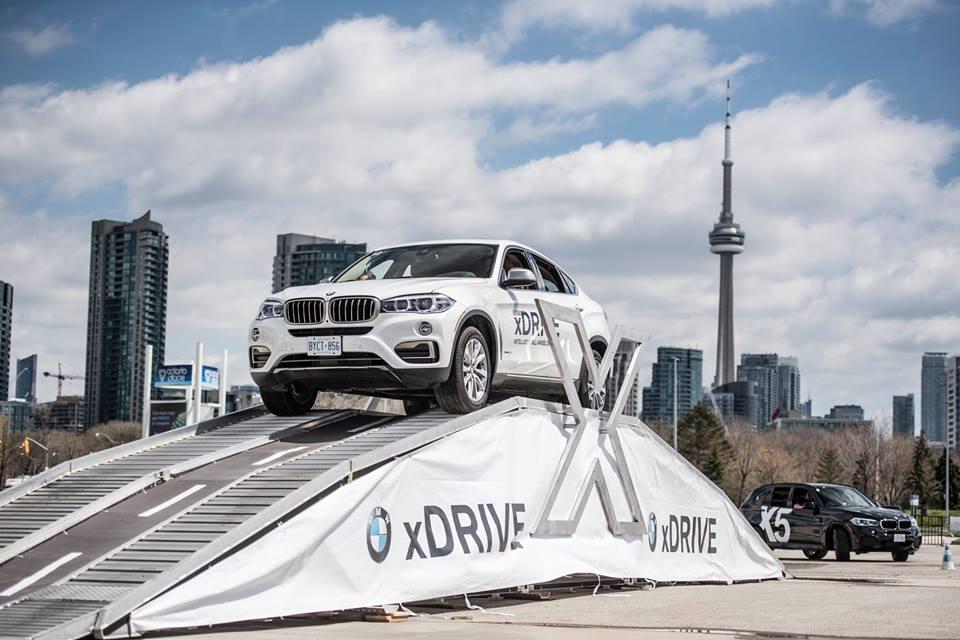Many years ago, BMW understood that performance meant more than getting from point A to B in the shortest time possible.
It was always about the journey.

Many years ago, BMW understood that performance meant more than getting from point A to B in the shortest time possible.
It was always about the journey.